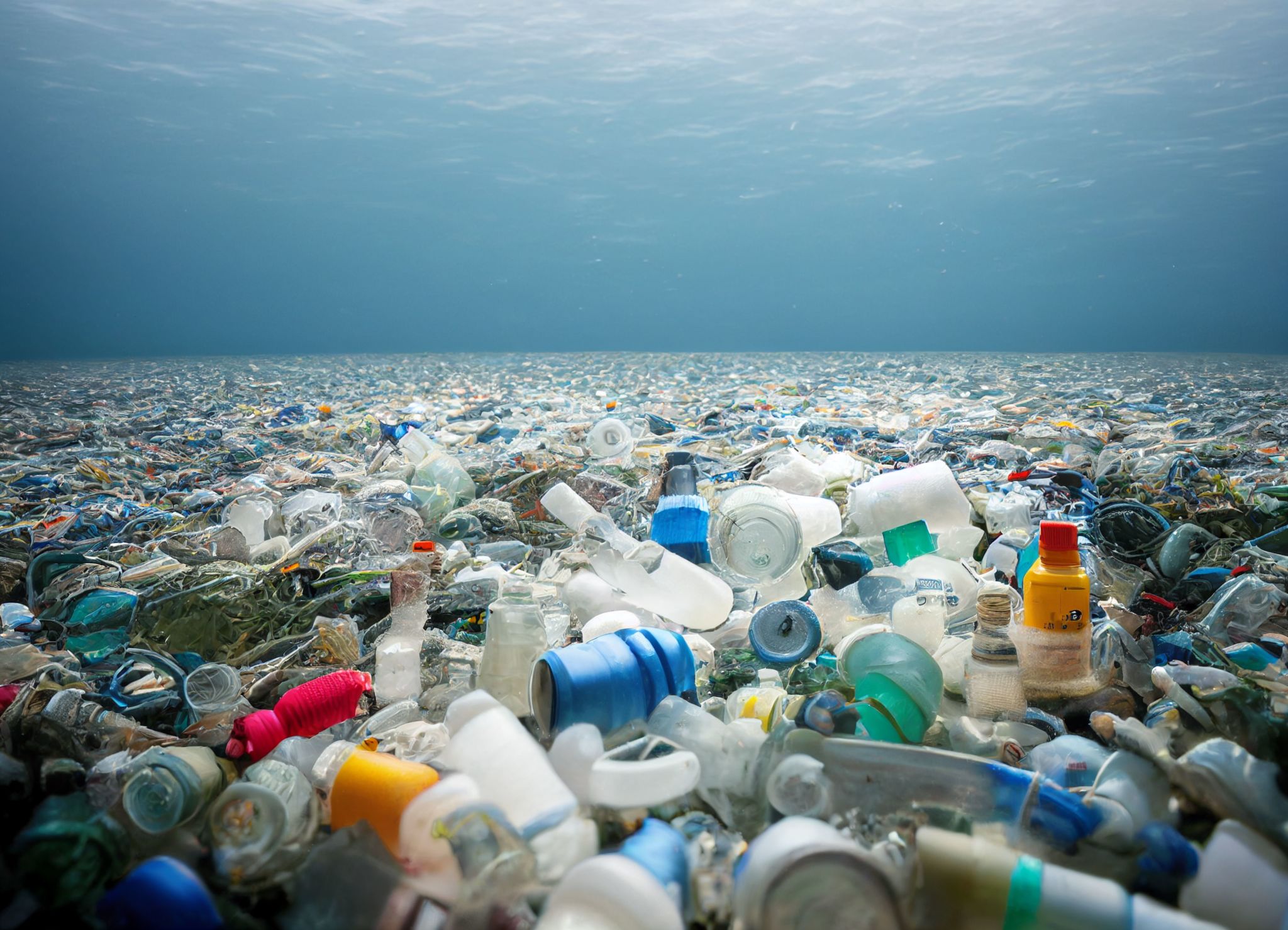The Environmental Impact of the Skincare Industry and How to Make a Change
Understanding the Environmental Impact of the Skincare Industry
The skincare industry, while offering countless products for beauty and health, has a significant environmental footprint. From manufacturing processes to packaging, multiple stages contribute to pollution and waste. Many products feature synthetic ingredients that can harm ecosystems when washed away into our water systems. Additionally, excessive packaging contributes to landfill waste, with plastics taking hundreds of years to decompose.

Another major concern is the carbon footprint of transporting these products globally. As consumer demand grows, so does the need for rapid distribution, often resulting in increased emissions from air and ground transportation. Understanding these impacts is crucial for both consumers and brands striving to make more sustainable choices.
Ingredients: The Hidden Culprits
Many skincare products contain ingredients that are not only harmful to human health but also to the environment. For instance, microbeads, once common in exfoliating products, have been found to pollute oceans and harm marine life. Other chemicals like parabens and phthalates can disrupt aquatic ecosystems.
Switching to products with natural or organic ingredients can significantly reduce these harmful effects. Look for certifications like USDA Organic or Ecocert, which ensure that products meet stringent environmental standards.
The Role of Packaging in Environmental Degradation
Packaging is one of the most visible contributors to the skincare industry's environmental impact. Many products come in elaborate and excessive packaging that often cannot be recycled. Single-use plastics are particularly problematic, with millions of tons ending up in landfills and oceans each year.

Consumers can make a difference by choosing brands that use sustainable packaging options. Look for products packaged in glass, metal, or recycled materials, and support companies that offer refillable options.
Steps to a More Sustainable Skincare Routine
Making small changes in your skincare routine can lead to significant environmental benefits. Here are some steps you can take:
- Research brands: Support companies committed to sustainability and transparency.
- Minimalist approach: Reduce the number of products you use daily, opting for multi-functional items.
- DIY solutions: Consider making your skincare products using natural ingredients like honey, oatmeal, and essential oils.

The Industry's Move Towards Sustainability
The good news is that many brands are beginning to recognize their environmental responsibilities. Companies are investing in eco-friendly practices, such as reducing water usage during production and shifting towards renewable energy sources. Some are even adopting carbon offset programs to mitigate their overall impact.
Innovative solutions, like biodegradable packaging and waterless formulations, are gaining traction in the market. By supporting these initiatives, consumers can encourage more brands to adopt sustainable practices.
The Power of Consumer Choices
As consumers, our choices can drive change within the skincare industry. By prioritizing sustainability over convenience, we can push brands to innovate and reduce their environmental impact. The future of skincare lies in transparency and accountability, with consumers demanding eco-friendly solutions and brands responding accordingly.
By staying informed and making conscious decisions, each of us can play a part in creating a more sustainable future for the skincare industry—and the planet as a whole.